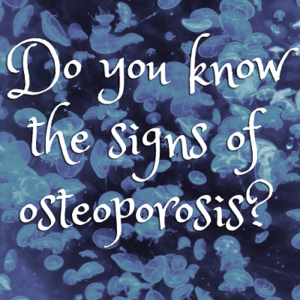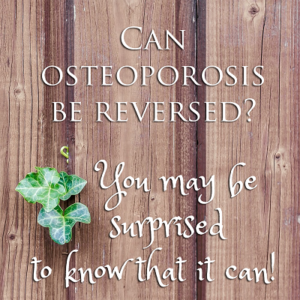Osteoporosis
 There are many factors which can contribute to osteoporosis, and the condition may be well advanced before obvious signs and symptoms are visible. A person leading a relatively sedentary or non-physical lifestyle may not be aware of their bone loss and may put down any noticeable physical differences down to just getting older.
There are many factors which can contribute to osteoporosis, and the condition may be well advanced before obvious signs and symptoms are visible. A person leading a relatively sedentary or non-physical lifestyle may not be aware of their bone loss and may put down any noticeable physical differences down to just getting older.
There are a few signs and symptoms to be on the lookout for, including the following:
Bone Breakage or Fractures
The most obvious symptom (and how many find out they have developed osteoporosis) is too often from the result of a bone breakage. This can be in areas and joints that carry a major share of the load such as the hip, spine or wrist. These fractures may occur though seemingly minor actions such as stepping off a curb or lifting something too heavy. Continue reading
 Osteoporosis is a condition in which the density of the body’s bones decreases below what is considered a normal or safe limit. Proactive, preventative action can help delay the onset and reduce the degree of any osteoporosis that may later occur.
Osteoporosis is a condition in which the density of the body’s bones decreases below what is considered a normal or safe limit. Proactive, preventative action can help delay the onset and reduce the degree of any osteoporosis that may later occur.
While prevention is the ideal, the reality is that many people have a diagnosis of osteoporosis thrust upon them with no warning or expectation. Upon being diagnosed with osteoporosis an obvious first question is – can it be reversed?
Once osteoporosis is confirmed, action can also be taken to prevent it from worsening or at the very least limiting the rate of bone mass reduction. With proper management, bone density can be increased, which means effectively reversing osteoporosis. Here are some useful tips to prevent or “reverse” osteoporosis: Continue reading






